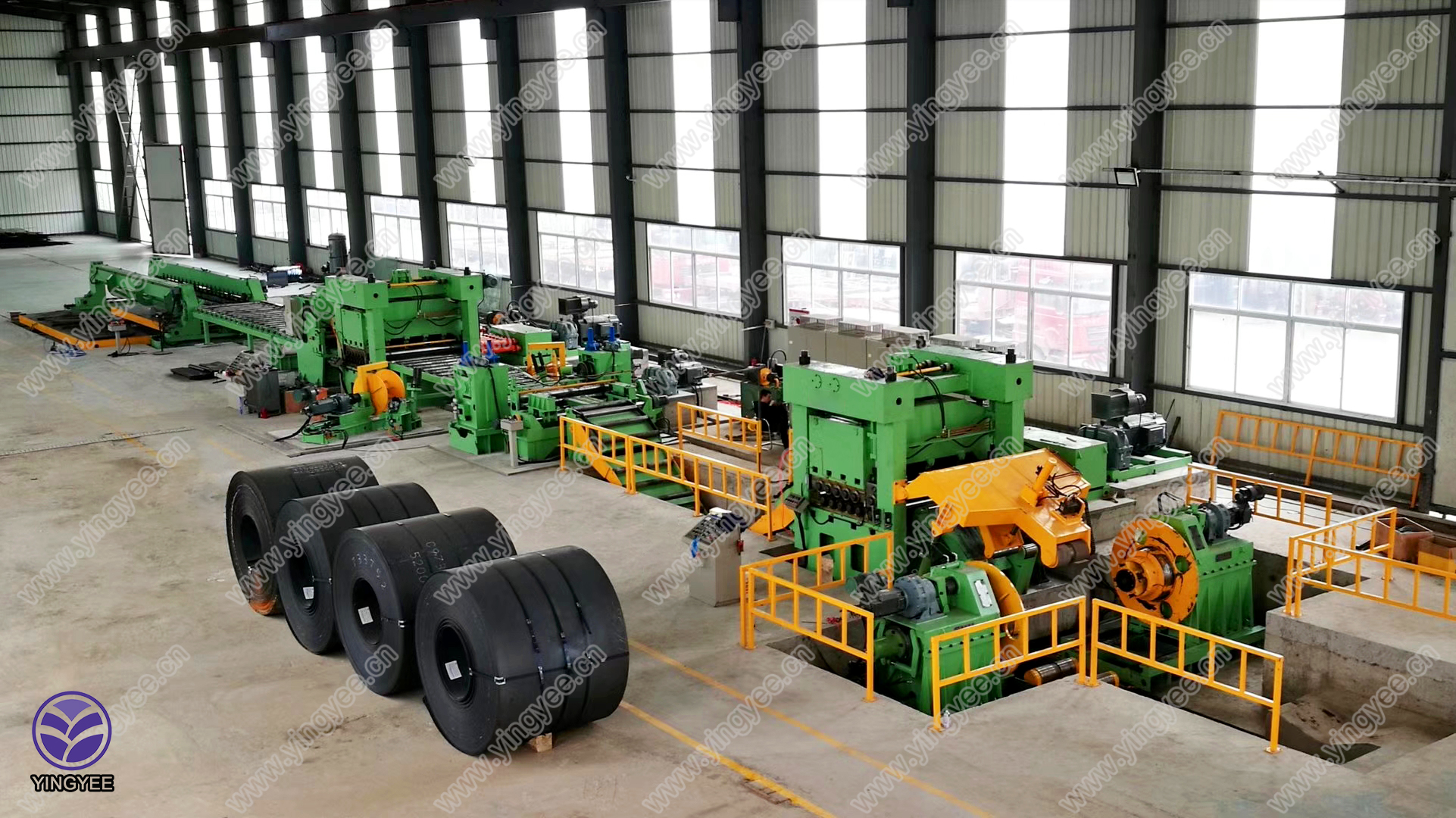
The Evolution and Advantages of Double Layer Roofing Sheet Forming Machines
In the world of construction and manufacturing, the demand for more efficient, versatile production methods is ever-increasing. One notable innovation addressing this need is the double layer roofing sheet forming machine. This sophisticated piece of equipment has revolutionized the roofing industry by allowing manufacturers to create dual-layer sheets in a single pass. This article will explore the evolution, design, and benefits of using double layer roofing sheet forming machines.
Understanding Double Layer Roofing Sheets
Double layer roofing sheets are an advanced type of corrugated sheet made from materials like steel or aluminum. By incorporating two layers of material into one sheet, these products not only offer superior strength but also improved insulation properties. The layered structure can be tailored to meet various aesthetic and functional requirements, making them ideal for a plethora of applications, including residential and commercial buildings, warehouses, and agricultural facilities.
The Evolution of Forming Machines
The introduction of double layer roofing sheet forming machines represents a significant advancement in metal forming technology. Traditional roofing sheet manufacturing often required separate processes for each layer, which could be time-consuming and resource-intensive. Manufacturers faced challenges such as increased labor costs, the need for significant storage space, and even limitations in product design due to the restrictions of single-layer production.
Recognizing these challenges, engineers developed double layer roofing sheet forming machines, which streamline the manufacturing process. These machines can produce two unique profiles simultaneously, saving both time and material. By eliminating the need for separate production lines, manufacturers can optimize their operations while minimizing waste.
Key Features of Double Layer Roofing Sheet Forming Machines

1. Versatility These machines can produce a variety of profiles and thicknesses, accommodating different materials such as galvanized steel, aluminum, or even PVC. Manufacturers can easily switch between product specifications without the need for extensive reconfiguration.
2. High Efficiency With the ability to produce two different roofing sheets in one cycle, these machines enhance productivity significantly. They often come equipped with advanced control systems that allow for precise adjustments, ensuring high-quality output with minimal downtime.
3. Cost-Effectiveness By reducing production time and labor, the double layer roofing sheet forming machine substantially cuts manufacturing costs. This is particularly beneficial in a competitive market where price and quality are crucial determinants of success.
4. Durability and Strength The double-layer design provides enhanced strength and durability compared to single-layer sheets. This results in a more robust final product that can withstand adverse weather conditions and heavy loads, making it suitable for various applications.
5. Ease of Operation modern machines come fitted with user-friendly interfaces and automation features that simplify the operation, allowing workers with minimal training to manage production effectively.
The Future of Roofing
As the construction industry continues to demand innovative solutions, the double layer roofing sheet forming machine is poised for further growth and development. With continual advancements in technology, manufacturers can anticipate even greater efficiencies, enhanced designs, and improved materials. Additionally, the push for sustainability in construction practices will likely drive innovation in material use and recycling options for roofing sheets.
In conclusion, the advent of double layer roofing sheet forming machines marks a significant turn in the roofing production process, marrying efficiency with versatility. As these machines become more prevalent, they will not only change the way roofing materials are manufactured but also influence the overall design and functionality of modern architecture. The future of roofing is bright, with endless possibilities driven by technology and innovation. As we advance, those who embrace these new technologies will undoubtedly lead the charge in the ever-evolving construction landscape.